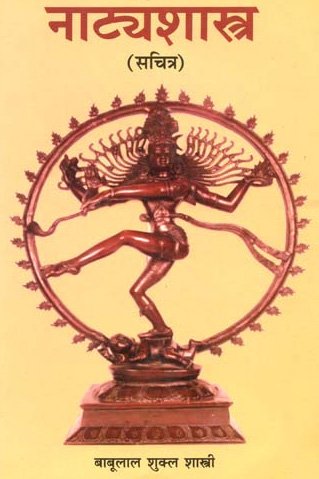Kavisamaya, Kavi-samaya: 3 definitions
Introduction:
Kavisamaya means something in Hinduism, Sanskrit. If you want to know the exact meaning, history, etymology or English translation of this term then check out the descriptions on this page. Add your comment or reference to a book if you want to contribute to this summary article.
In Hinduism
Natyashastra (theatrics and dramaturgy)
Source: Shodhganga: Mankhaka a sanskrit literary genius (natya)Kavisamaya (कविसमय) or the “poetic convention” is a technical term used to denote certain things and ideas in a certain impractical form or manner, prevalent amongst the Sanskrit poets. These are the famous assumption of the poetic community. These kavisamayas are actually beautiful and fanciful descriptions of certain things or objects, generally not to be found in our practical experiences. These are found only in the works of great poets. Thus, the kavisamaya is a peculiar, but at the same time important literary component.
Rājaśekhara divides the kavisamaya into three groups—svargya, bhauma and pātālīya. These three are again subdivided into four varieties viz. jāti, dravya, guṇa and kriyā. Moreover, these four have their own three-fold divisions such as asato nibandhanaṃ i.e. describing things which are not actually found in a certain place, satopyanibandhanaṃ i.e. not describing things as existing even when they do existand niyamataśca i.e. artificial restriction on the existence of things.

Natyashastra (नाट्यशास्त्र, nāṭyaśāstra) refers to both the ancient Indian tradition (shastra) of performing arts, (natya—theatrics, drama, dance, music), as well as the name of a Sanskrit work dealing with these subjects. It also teaches the rules for composing Dramatic plays (nataka), construction and performance of Theater, and Poetic works (kavya).
Languages of India and abroad
Sanskrit dictionary
Source: DDSA: The practical Sanskrit-English dictionaryKavisamaya (कविसमय).—convention of Poets.
Derivable forms: kavisamayaḥ (कविसमयः).
Kavisamaya is a Sanskrit compound consisting of the terms kavi and samaya (समय).
Sanskrit, also spelled संस्कृतम् (saṃskṛtam), is an ancient language of India commonly seen as the grandmother of the Indo-European language family (even English!). Closely allied with Prakrit and Pali, Sanskrit is more exhaustive in both grammar and terms and has the most extensive collection of literature in the world, greatly surpassing its sister-languages Greek and Latin.
Kannada-English dictionary
Source: Alar: Kannada-English corpusKavisamaya (ಕವಿಸಮಯ):—[noun] (rhet.) poetical idioms, esp. imiaginary ones, used to embelish poetical works.
Kannada is a Dravidian language (as opposed to the Indo-European language family) mainly spoken in the southwestern region of India.
See also (Relevant definitions)
Relevant text
Search found 6 books and stories containing Kavisamaya, Kavi-samaya; (plurals include: Kavisamayas, samayas). You can also click to the full overview containing English textual excerpts. Below are direct links for the most relevant articles:
Kavyamimamsa of Rajasekhara (Study) (by Debabrata Barai)
Part 7.1 - Origin and development of the Kavisamaya (poetic conventions) < [Chapter 5 - Analyasis and Interpretations of the Kāvyamīmāṃsā]
Part 7.2 - Kavisamaya (poetic conventions) and Kāvyadoṣa (poetic blemish) < [Chapter 5 - Analyasis and Interpretations of the Kāvyamīmāṃsā]
Part 7.12 - Svargīya and Pātālīya poetic conventions (Introduction) < [Chapter 5 - Analyasis and Interpretations of the Kāvyamīmāṃsā]
Hanuman Nataka (critical study) (by Nurima Yeasmin)
The backdrop of the Srikanthacarita and the Mankhakosa (by Dhrubajit Sarma)
Part 6 - Kavisamaya or the poetic convention < [Chapter III - Literary Assessment Of The Śrīkaṇṭhacarita]
Satirical works of Kshemendra (study) (by Arpana Devi)
2. Kavisamaya or the poetic convention < [Chapter 4 - Literary study of the Three Satirical Works]
Sahitya-kaumudi by Baladeva Vidyabhushana (by Gaurapada Dāsa)
Text 7.75 < [Chapter 7 - Literary Faults]
Vishnudharmottara Purana (Art and Architecture) (by Bhagyashree Sarma)
7(e): Reflection of Symbolization in Portrait through Painting < [Chapter 5 - Painting and Image Making]